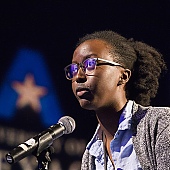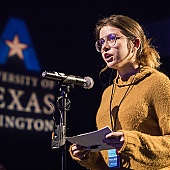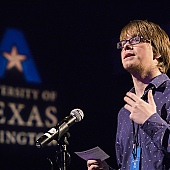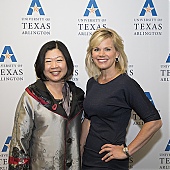
Optical Tweezers, 2050
Summer 2011 · Comment ·
When discussing ways to fight deadly forms of cancer, tweezers rarely enter the conversation. But two UT Arlington researchers are changing that. By manipulating cells with focused laser beams, or optical tweezers, they’re enabling drug-carrying nanoparticles to deliver medicine to cancer cells. Bioengineering Associate Professor Kytai Nguyen and physics Assistant Professor Samarendra Mohanty are part of the interdisciplinary effort in the Biophysics and Physiology Lab in the new Engineering Research Building. The work could help investigators design nanoparticles that have more therapeutic benefits while reducing the severe side effects often associated with chemotherapy. “A focused laser holds the cell. We then use a force against the cell to measure the single cell’s elasticity, which measures how much that cell can stretch,” Dr. Mohanty explains. “A cancer cell is normally more brittle, so those can be identified. A nanoparticle carrying a drug is then introduced with the optical tweezers.” How these nanoparticles interact with the cell yields valuable information about the cell. “We can coat them with an antibody or targeting motif that is bound to diseased cells and deliver drugs to only these cells to treat illnesses,” Dr. Nguyen says. Mohanty also works in optogenetics, an emerging field using low-power light to stimulate neuronal cells. A micro LED (light emitting diode) stimulates the specific genetically targeted neurons. Mohanty says using optogenetics to treat retinitis pigmentosa, an eye disease that causes vision loss due to degeneration of photoreceptors in the retina, has been successful.




















